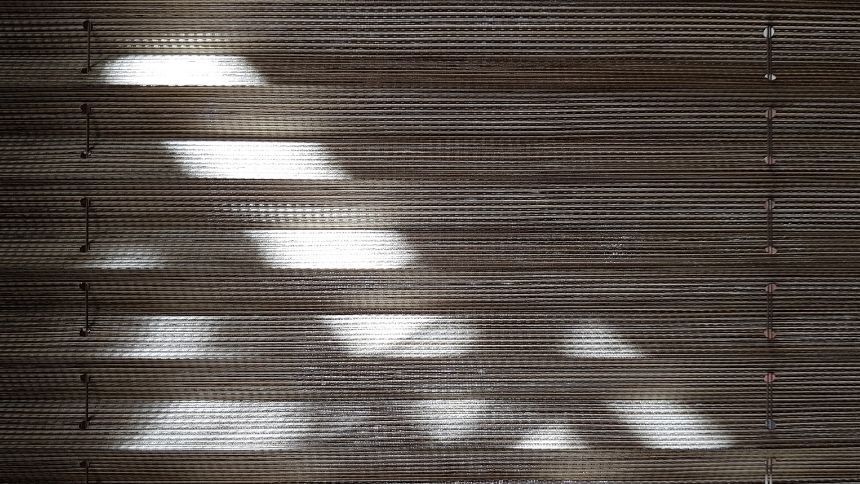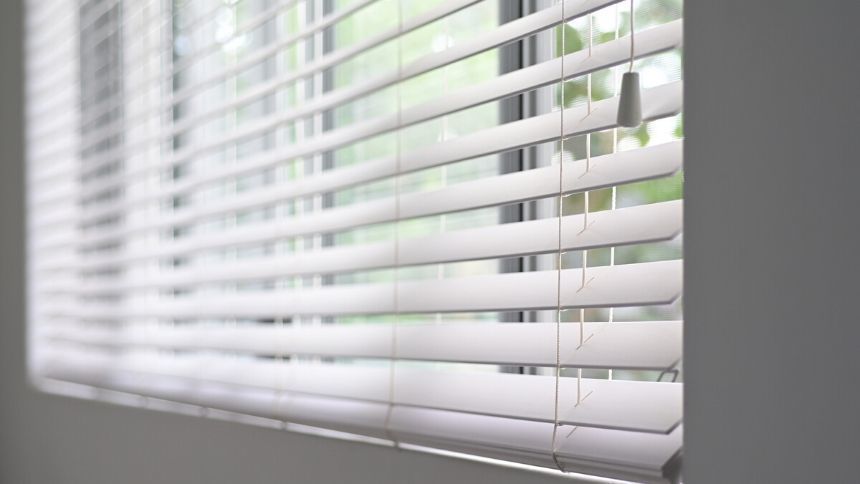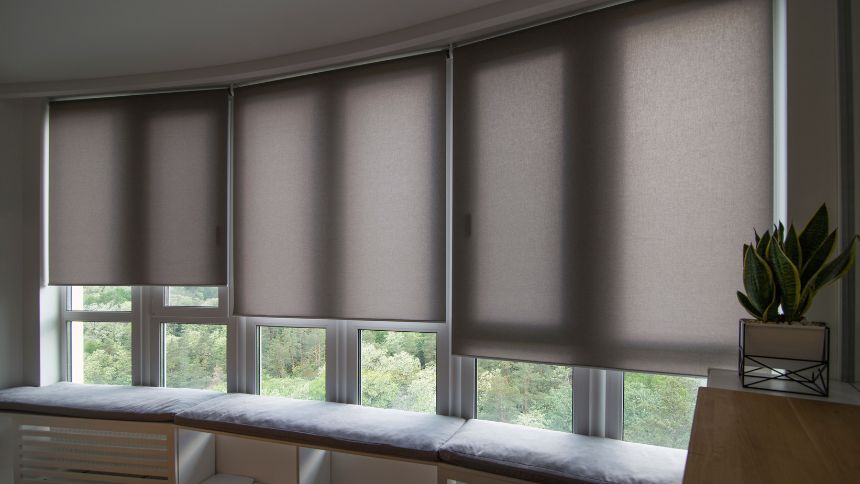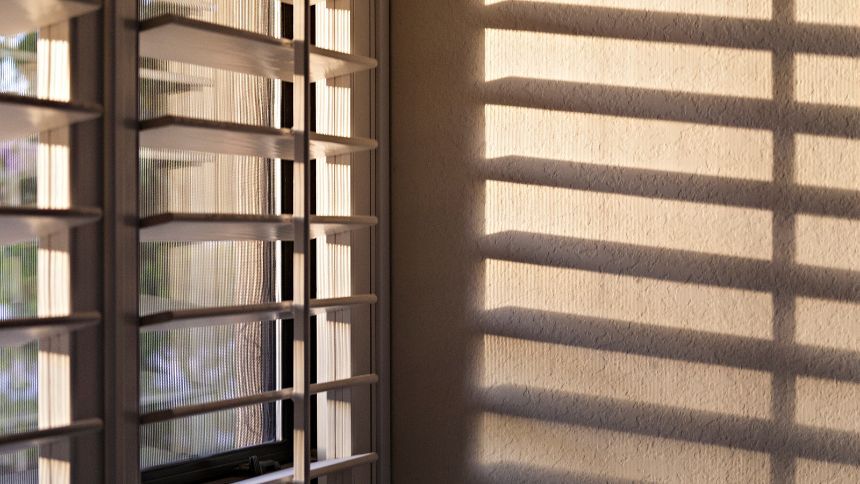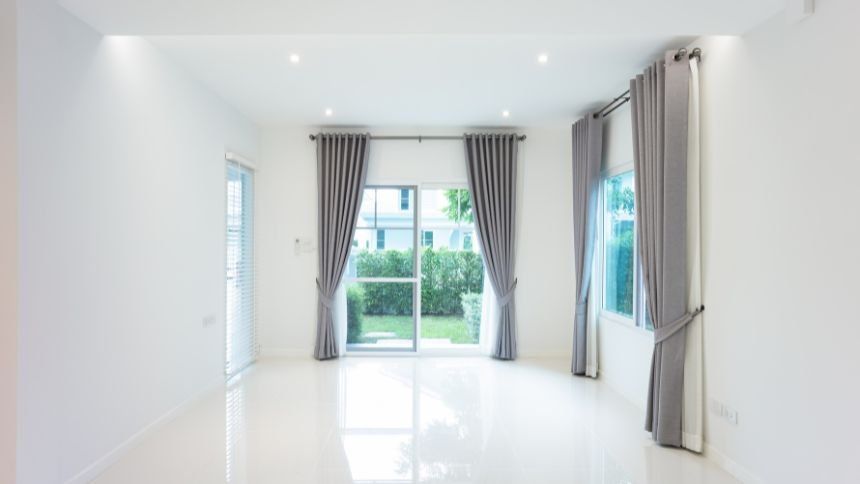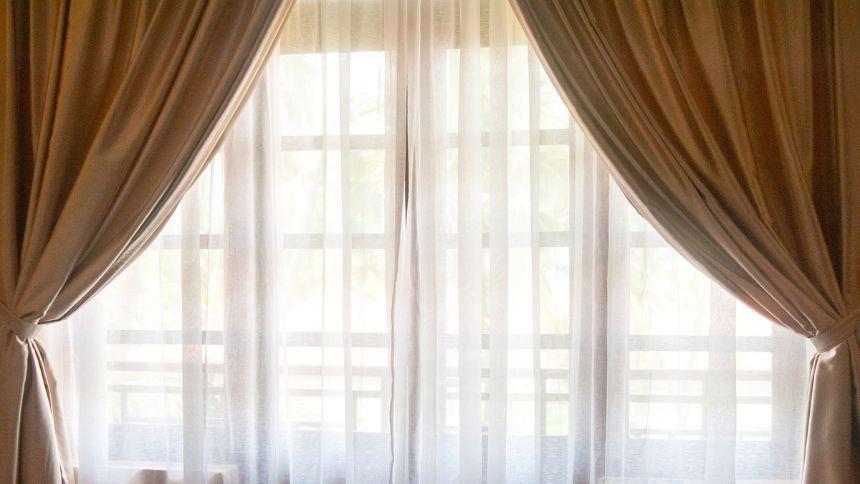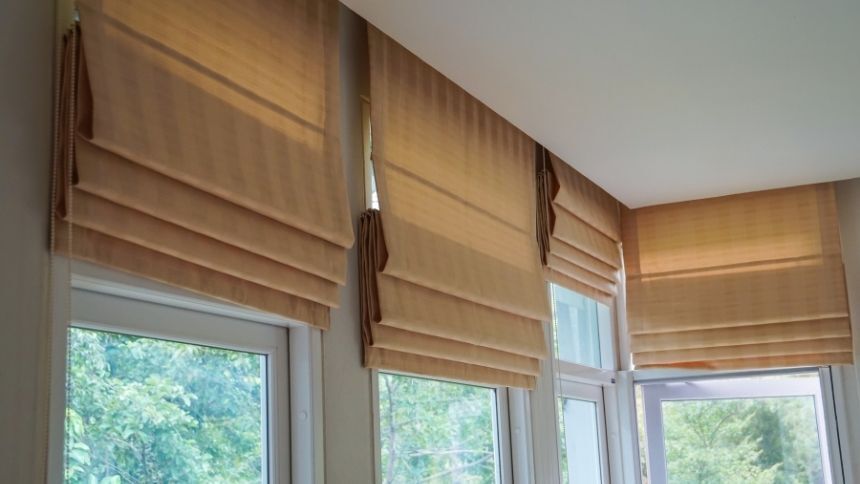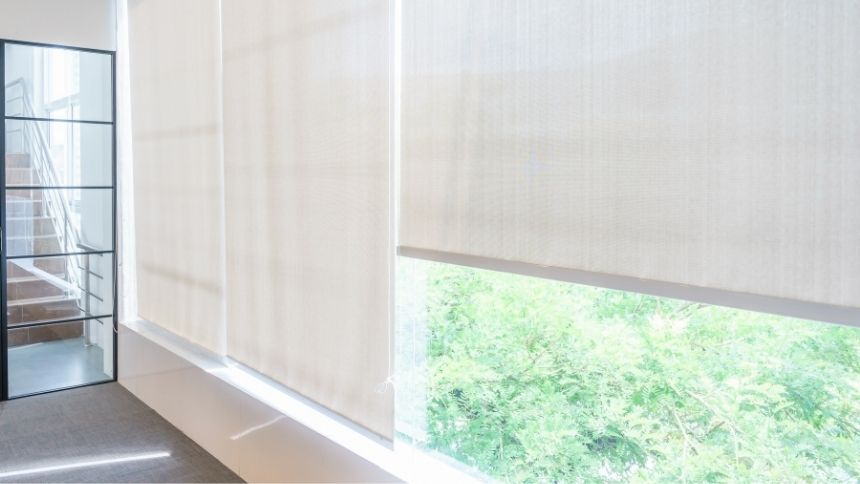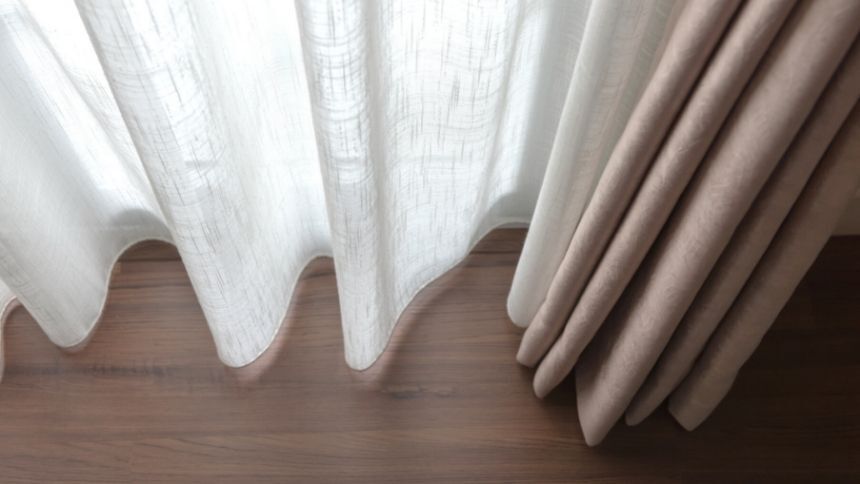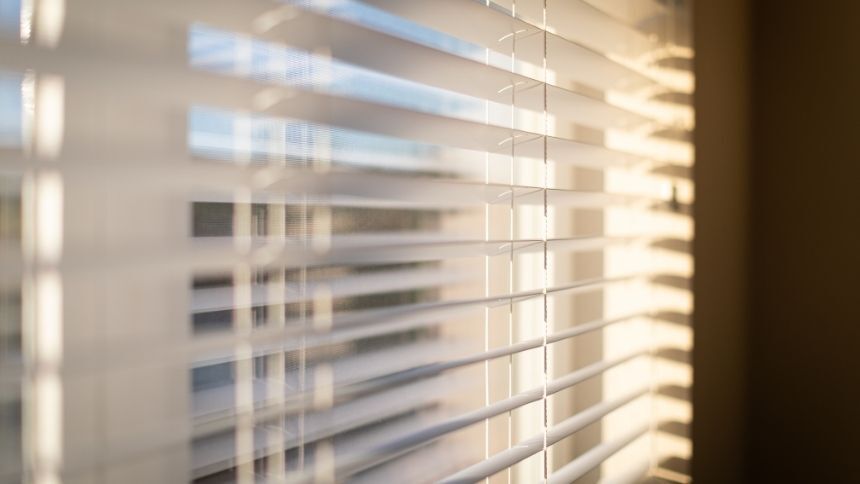How To Choose Between Horizontal and Vertical Blinds
Understand the Dimensions of the Window
Understanding the dimensions of the window or door you plan to cover with blinds is key. For taller, skinnier windows, you may want to go with horizontal blinds to accentuate the dramatic size of the window. Many short, horizontal blinds will aid in elongating the window and may be easier to function on a window that doesn’t cover much horizontal space. For long, short windows, consider the benefits of vertical blinds. These will make the window seem larger, make the blinds easier to use, and will potentially provide better coverage.
Pay Attention To the Way the Window or Door Opens
Pay close attention to how your windows or glass doors open. If you have sliding glass doors, then horizontal blinds could potentially obstruct its usage, making vertical blinds the clear choice. If your window opens from top to bottom or bottom to top, you will want horizontal blinds so that they won’t block the openings. Keep the opening mechanism in the forefront of your mind, and be sure to mention it to your blinds specialist.
Consider the Size and Shape of the Room
The size and shape of the room you’re installing blinds in matters for which blind type is best. There are a few desired effects to consider when deciding on blinds. Horizontal blinds work to make a room feel as though it has more depth and wall space. Vertical blinds often make ceilings feel higher and make the room feel elongated. Deciding which effect your room could most benefit from is a great first step in choosing between horizontal and vertical blinds.
For all of your needs for blinds in the North Shore and surrounding Chicagoland areas, contact us at NorthShore Window Treatments. Our team of professionals will help you find the perfect window treatments for your home, including custom-made treatments. If you have any trouble choosing between horizontal and vertical blinds , contact us today.
How Interior Shutters Lower Your Energy Bills
